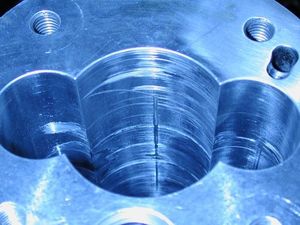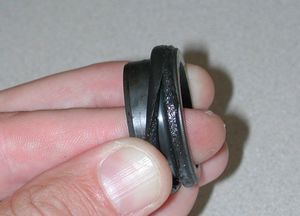Dry Running of Pumps.
Why can pumps run dry?
When pumps run dry, there is too little liquid or no liquid in the pump housing. One cause may be improper commissioning of a system, e.g. if the tank is emptied or the suction line is closed. Filters occur in the suction line and must be checked. In this way, it can be ruled out that they are clogged. In addition, dry running also can occur due to improper design of the pump. If height differences are insufficiently taken into account, this leads to problems in the suction behavior.

What happens when pumps run dry?
Dry running generates frictional heat in the seals. If mechanical seals are not sufficiently lubricated, they run dry. Temperatures rise and the sealing faces and o-rings are damaged - this eventually leads to leakage.
Furthermore, damage to the screws in the form of abrasion and scoring and damage to the housing can occur after only a short time. Dry running can result in, among other things, loss of power, loss of pressure, increased noise, sluggishness and increased energy consumption. Finally, dry running can cause the pump to block, and the system to come to a standstill.

Self-priming screw pumps.
Screw pumps are self-priming and are particularly suitable for pumping lubricating, non-abrasive liquids. Some series also pump non-lubricating or even solids-laden fluids. Proper design takes critical factors into account and, if necessary, provides for a high-quality mechanical seal that is insensitive and can withstand short periods of insufficient lubrication. Screw pumps have better suction characteristics than other pump technologies and are therefore safer to operate.
Screw pumps deliver linearly, with minimal backflow, and handle low and high viscosity fluids with ease.
08.11.2021

